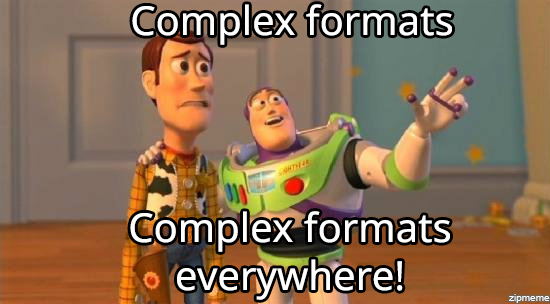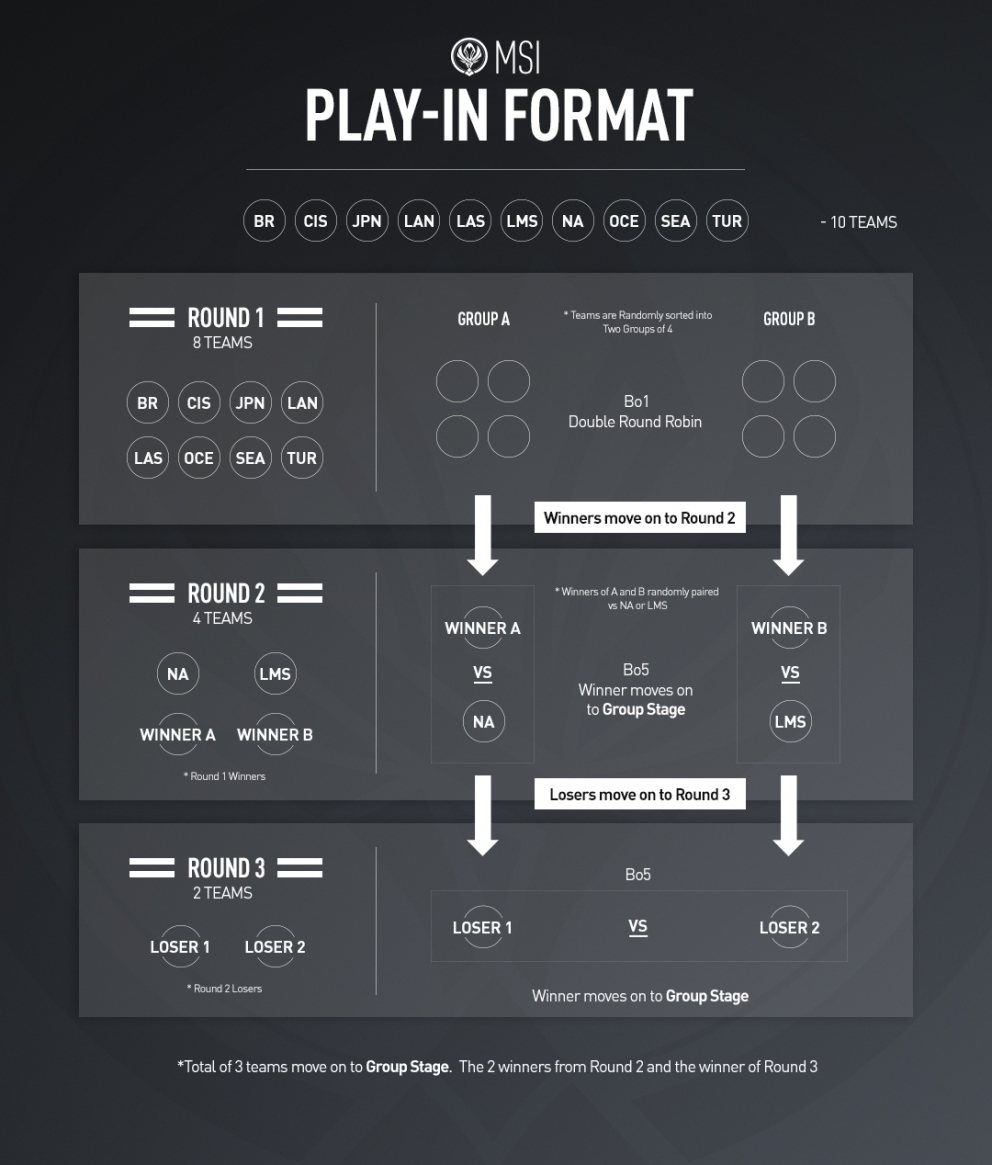As esports keep growing and attracting new actors and public, a foreseeable tendency emerges: diversification of tournament formats and structures. With countless new games and loads of organizers entering the fray, it was to be expected that standard sport formats would not be sufficient to cover every single case. Anyway, some organizers are going to great lengths to ensure the competitive integrity of their competition, even if it means going through major hassle with the structure itself, or its features.
By covering all the major competitions, we have come across a wide array of structures and formats, and some of them were… puzzling, to say the least.

Oh, but we know you, words are good, but you want facts!
How about the now-standard Activision-MLG structure used for Pro Call of Duty events? It’s quite simple on paper, an Open Bracket where teams can freely apply, then try to qualify through a 4-groups Double-Elimination format. The four teams winning each group will qualify and join the 12 invited teams in the Open Pool, which only purpose is to seed them. Indeed, best 2 teams from each of the 4 Pools will enter the final Championship Bracket in the Winners Bracket, while 4th team from each group starts the competition in the Round 1 of the Losers Bracket, where they’ll fight teams having finished 2nd from the Open Bracket groups. Winners of Round 1 advance to Round 2 where they’re to face 3rd ranks from the Pool Play, and from here on, it becomes a standard Double-Elimination bracket.
So simple, right?
There is no questioning the competitive integrity or logic of such a structure… But what a headache for a new viewer who would like to spend some quality CoD time watching it live!
Another great example of such format, centered more on competitiveness that simplicity, is the world seeding-based international events happening in League of Legends. The Mid-Season Invitational Play-In Stage.1 just finished, and here’s what the whole Play-In stage looks like:

We explained the format and whole season in detail in a previous blog post
It’s basically about teams entering the tournament at different moments, with different structures, to reflect on their region’s past results in international events. It does make sense, but once again, the complexity of the format and its implications are deeply intertwined in the whole year’s competition, and one-time viewers probably won’t have the knowledge needed to understand the whole thing.
Which leads us to the Seasons, with their Leagues, Regional Splits, Mid-Season Brawls and other Major Events, Pro Circuits, Clashes, Promotion Matches and the likes of them… Easy to get lost in so many different competitions going at once, even if you’re only following a single game. Take League of Legends for example again, a standard year is composed of 2 Seasonal Splits & Playoffs, Promotion tournaments to promote/demote teams from the Professional League, a Mid-Season international event and the World Championship. Simple enough? Sure, but there are 13 different regions, each with its own ruleset and variations on this global format. And then, some teams qualify and they all mingle in the international events.

Now, the vast majority of unique tournaments run with a well-known format, or a slight variation of it, with the Double-Elimination Bracket being more and more preeminent. But the increasing number of new and complex formats brings the question of whether esports will go large, or stay a niche hobby for people really into it. Sure, nothing prevents a casual viewer from enjoying a single match, or even a whole tournament, without understanding everything about it or its implications, but implication is precisely what drives (e)sports, when a connection appears and exists between fans and players/teams.
And with this, we have the 4 groups that need to be contended when organizing an esports event: organizer, teams, players, viewers. They all want a great tournament, but are not always looking for the same thing from it.
- Organizer wants a format that runs smoothly and ensures competitive integrity.
- Teams want their players to be able to perform at their best, but also a format that allow for their team to get ranked where they deserve.
- Players want of course what their teams want, but also to have fun and have a shot at winning.
- Viewers want the best viewing experience possible, and being able to cheer for their favorite team.
But there is no problem! Everything is compatible! Except no, not necessarily. For viewers to have a good experience, you have to have your matches played in a set timeframe, which will restrain how many matches you can play, meaning all teams won’t be able to play as much as they could, because you’ll have to eliminate some. So you go with a Seeding Group Stage, which doesn’t eliminate any team, but then, you take away the possibility for underdogs to create major upsets and rush a bracket with some state-of-the-art strategies and lucky strokes…
It’s all a complex balance, and to attain it, one must do sacrifices along the way, as no format will content everyone involved.
Hence, complex structures are becoming more and more common, and it might scare away newcomers. This was one of our driving factors when developing the upcoming Toornament new structure feature: allow for a complete freedom on the organizer’s side when it came to structures. This way, nothing would hinder an organizer from creating the competition he wants, to try and achieve that tough balance.
There is no denying, nor condoning or denouncing the fact that structures are becoming more complex, it is happening and we have to adapt. It may be prejudicial to some, but is a blessing to others, and while it requires more engagement to get into, it also shows how serious esports is becoming, with this constant search for the best, in all aspects.
